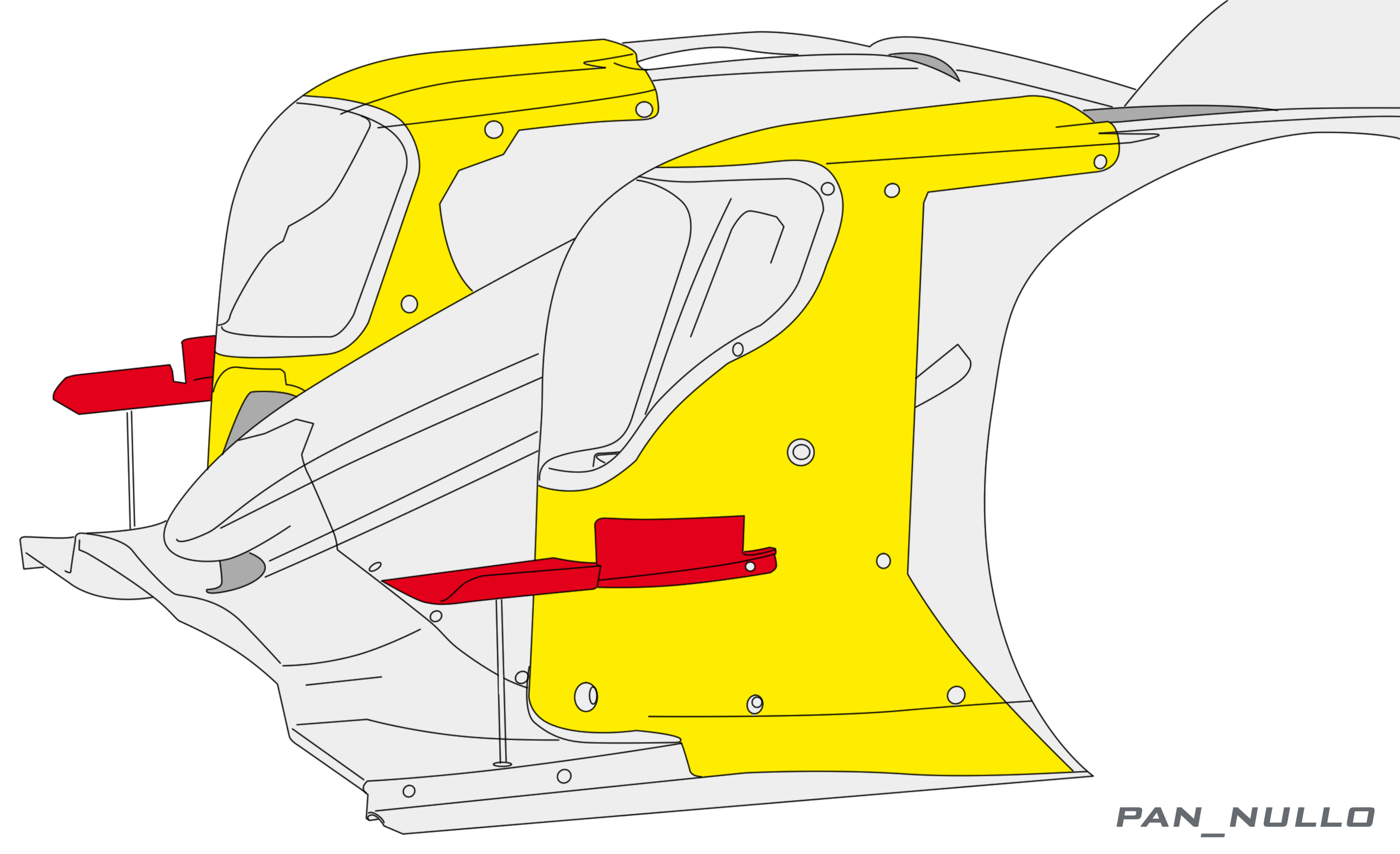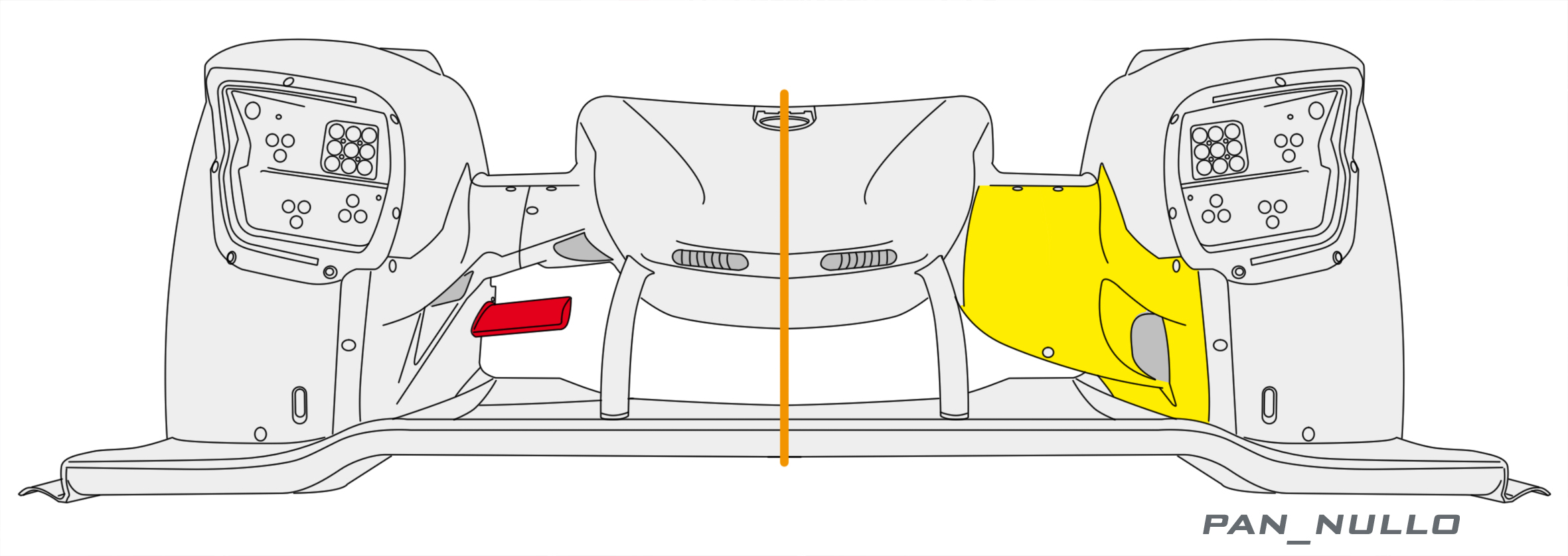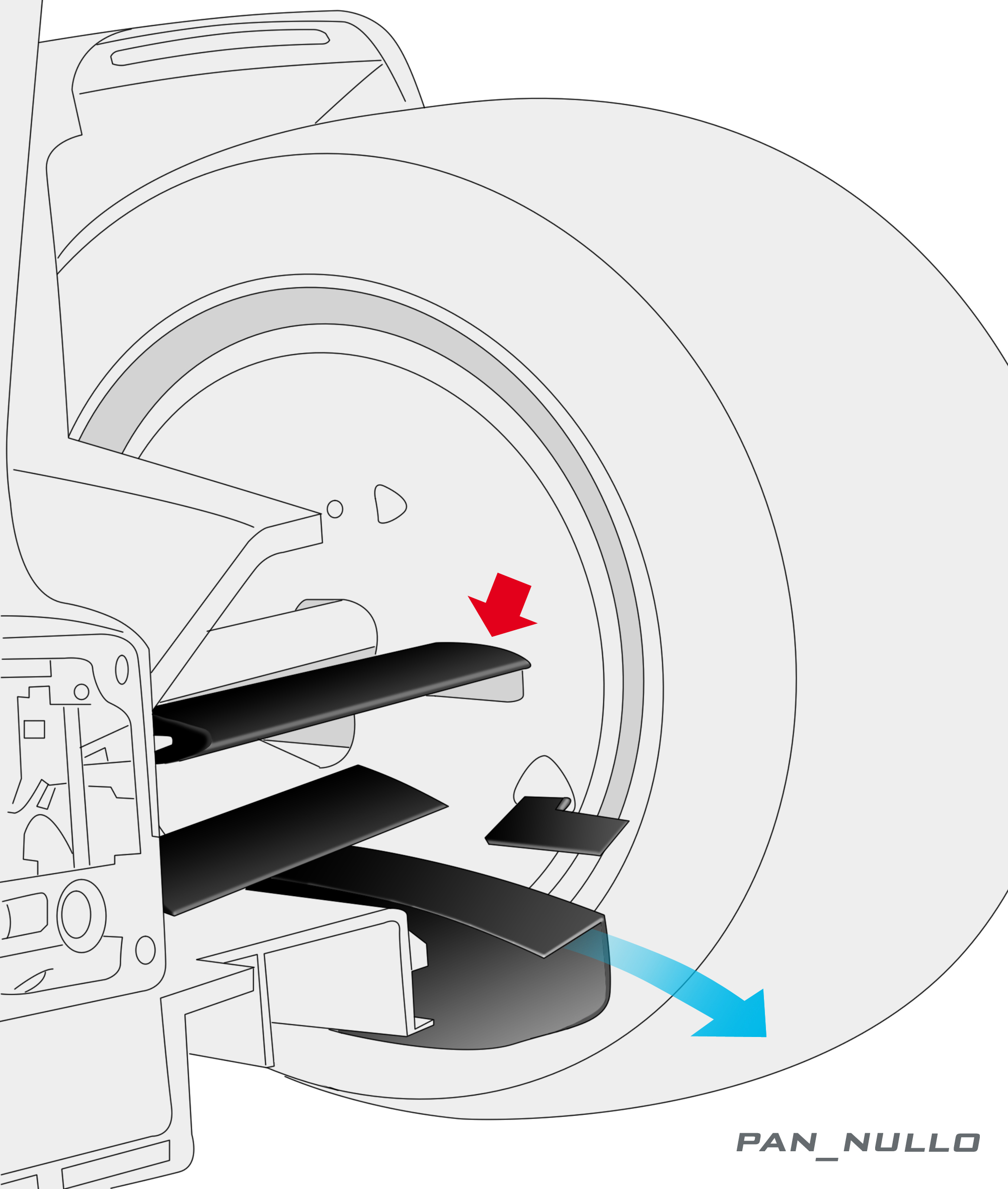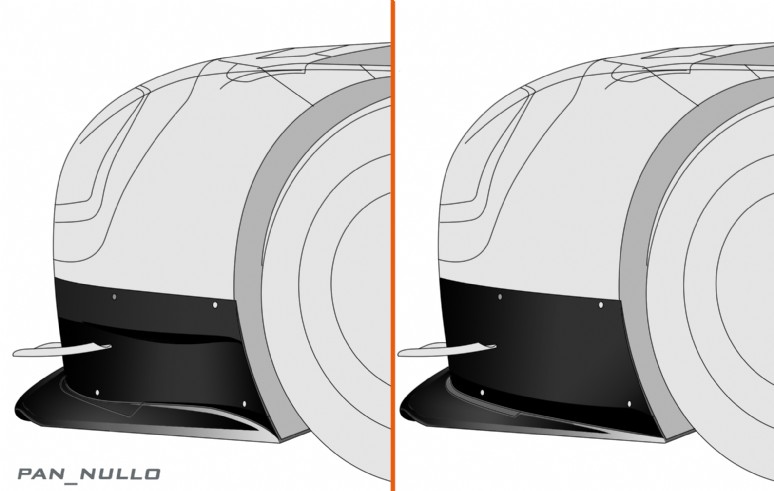17/06/2017 -
Just few hours left to the start of 85th edition of the legendary Le Mans 24 Heures.
It is obviously a milestone on the motorsport season, this time with 60 cars, 179 drivers. Prototypes classes count 6 cars on LMP1 and 25 cars, of 4 manufacturers, on LMP2.
Characteristics of circuit the la Sarthe are unique, therefore cars configuration adopted here are very specific and not used on the remaining part of WEC events.
Laptime is related to total drag of the car, being power from engines and grip from tyres, identical for all cars of same class.
Top speed on long straights is essential to get the performance out of the entire lap, nevertheless a reasonable level of downforce is necessary in order to keep high corner speed and to make sure dynamic behaviour of the car is safe under braking and during manoeuvres. Multiple stint with same tyre set is in fact crucial for the strategy and claims for a good balance of the car.
Front nose is a normally a big part of the Le Mans aero kit, designed with lower downforce target and less drag.
Typical approach is to obtain a more slender front fender, extending the front part, reducing the curvature on top surface and flow guide recess in front of the wheel arc cuts-out.
Dive plates are reduced as number of elements (normally only 1 left) and total surface, curvature and extension beyond fender are limited.


Dallara LMP2 - comparison of High Downforce front nose (up) with Low Downforce version (down)


Oreca 07 - details of HD Front fender (up) and modification introduced with Le Mans aero kit (down)


Ligier JSP217 – two different nose version, with extended flap on splitter and integrated brake air duct (right), compared with Le Mans low downforce kit for Le Mans (left)

Riley Multimatic MK30 - Front fender more squared on side view, with flatter top surface, very clean design of splitter extremities without end plates. Less downforce, less drag.
Cooling requirements are of great importance on extreme endurance race as 24 hours. Reliability benefit from a reduced operating temperature of main systems (oil, water, air exchanger) which in turn are helped tanks to major part of lap time spent at very high speed.
Reduces intake area are therefore permitted and optimized blanketing of standard duct sections are designed as part of the aero kit.

Porsche 919 Hybrid - Detail of side pod tunnel intake section. Reduces entries (right) vs. standard (left)
Front keel, turning vanes under nose, wheel drum fairing, rear wing and side plates are also components revised on low downforce aero kit, considering the different underbody flow pattern due to different ride height and rake adopted.

Porsche 919 Hybrid - Modified barge board on front keel behind nose

Toyota TS50 – Details of rear wheel suspension fairing and tunnel closed to rear diffuser











